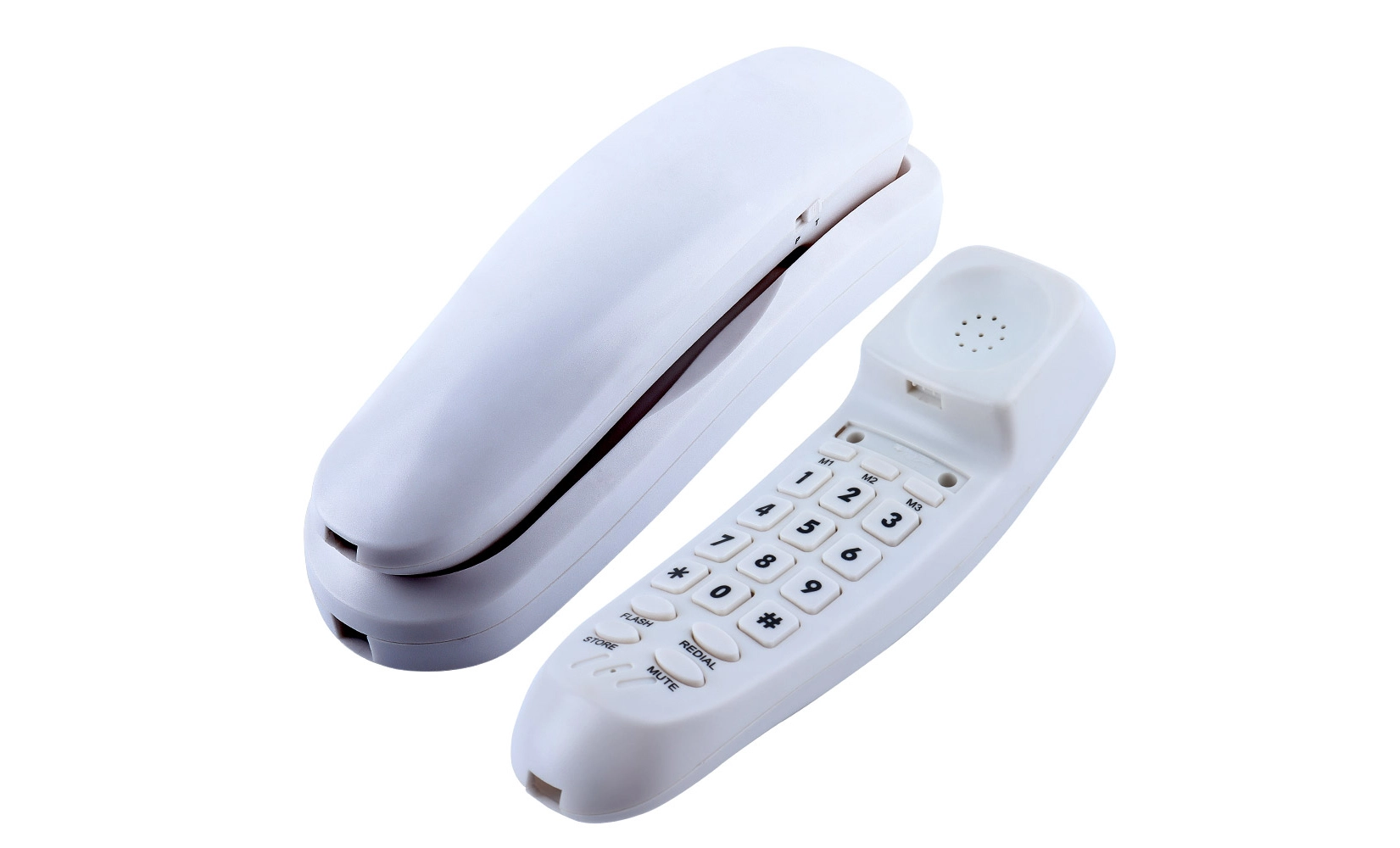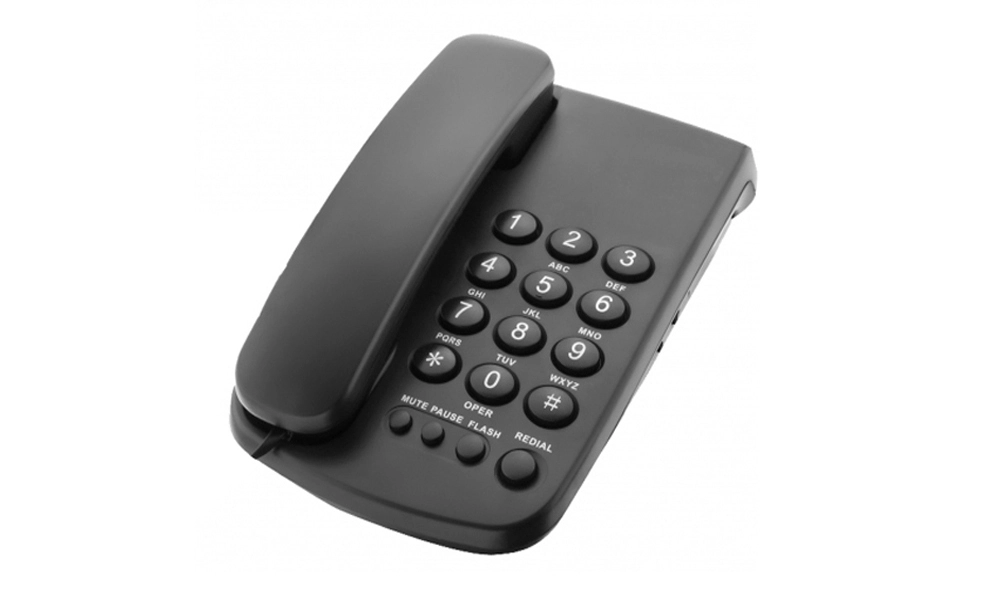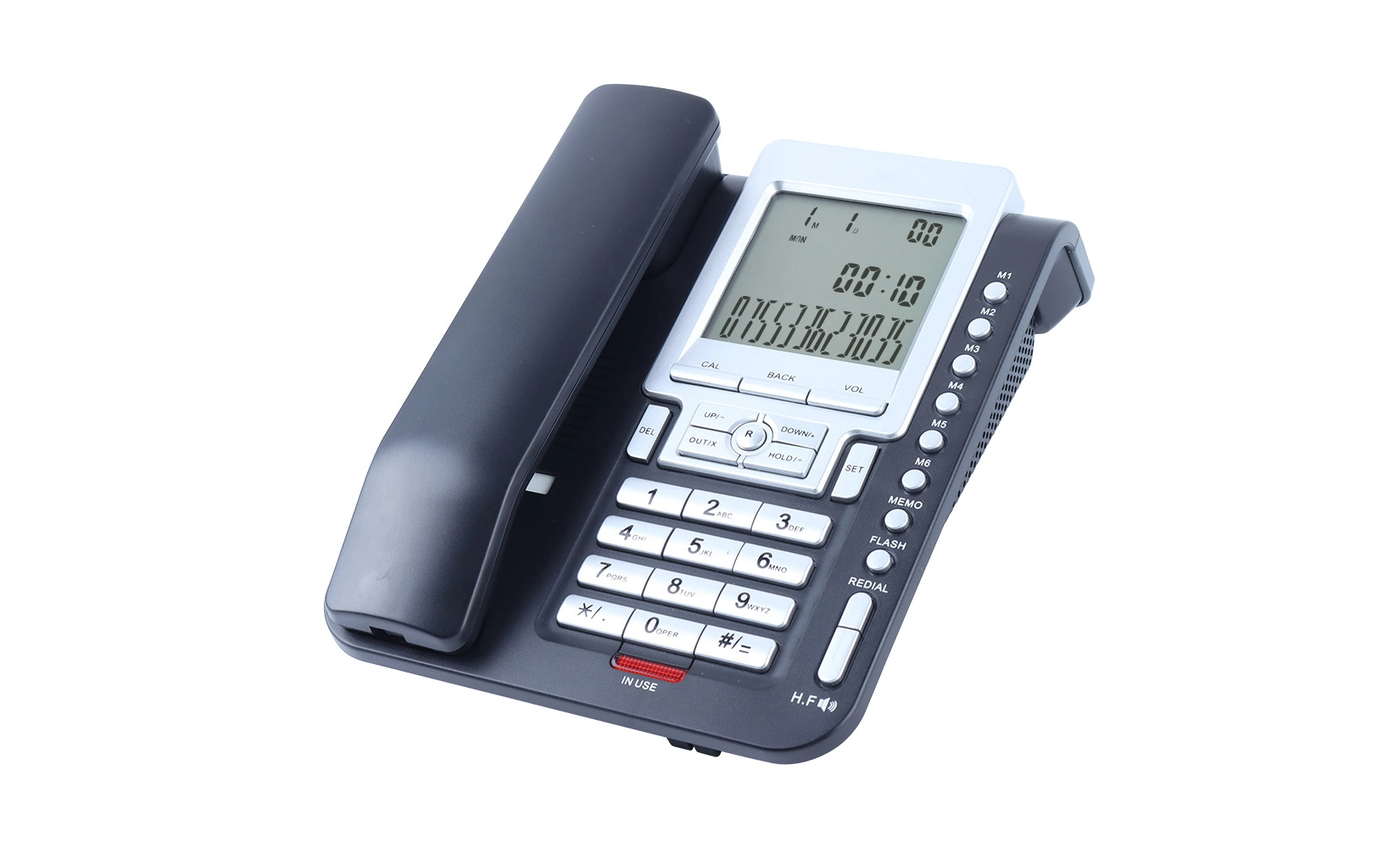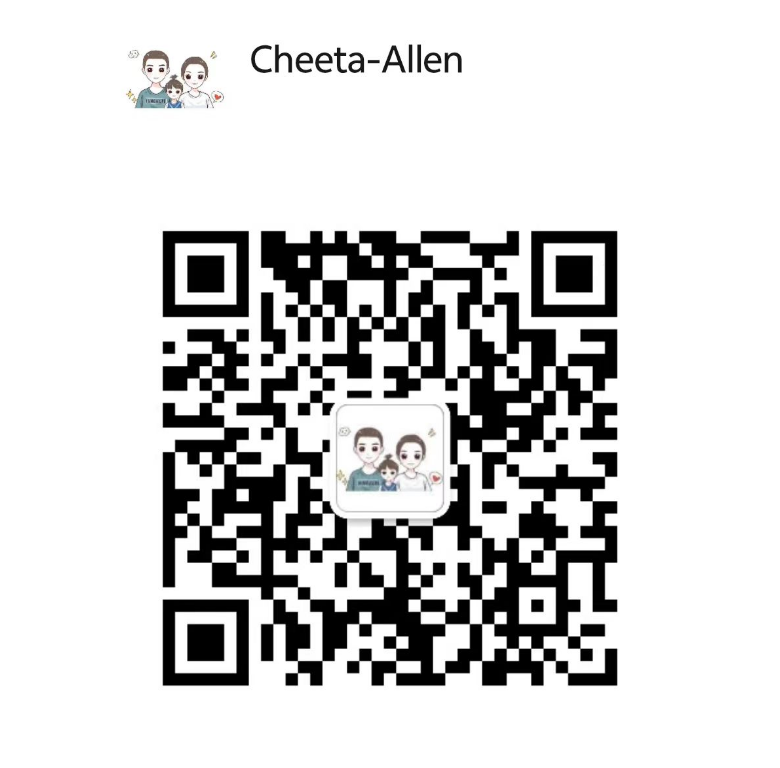The Nostalgic Appeal of Classic Rotary Telephones
A Journey Through Time: The History of Rotary Phones
Classic rotary phones are more than a hundred years old. When these well-known gadgets were invented in the late 1800s, they had a huge impact on how people communicated. Before the rotary dial was invented by Almon Brown Strowger in 1892, people had to tell an operator who to call. The rotary dial made it possible for people to connect to their chosen number directly. In phone history, this new thought had a very big impact.
During the 1900s, people and companies around the world started using rotary phones. The circle clock and finger wheel's unique look made a long impression on telecommunications. The spinning motor made a sound that people still remember as feeling really good.
Aesthetic Charm and Decorative Value
Its obvious artistic draw is one of the strongest arguments in favor of a classic rotary telephone. These old phones are more charming than current push-button phones. Because of their beautiful shape, strong build, and fancy details, rotary phones make a great addition to the decor of any home or business.
The way a classic rotary telephone can give a place personality is appreciated by many interior designers and users. These phones can be used as eye-catching pieces in retro-themed rooms, whether it's a smooth black model from the 1960s or a colored plastic one from the 1970s. They can also be used in modern rooms to create an interesting difference.
The Tactile Experience of Dialing
Rotary phones give a special feeling that push-button phones can't copy. Putting your finger in the dial, turning it to the right number, and letting go of it makes a bodily link to the process of conversation. This slow and steady calling method can be a fun and calming thing to do on your phone.
A lot of people like that rotary phones take longer to dial. In today's fast digital world, carefully calling each number can be a moment of mindfulness that makes us slow down and think more about how we communicate.
The Practical Advantages of Push-Button Phones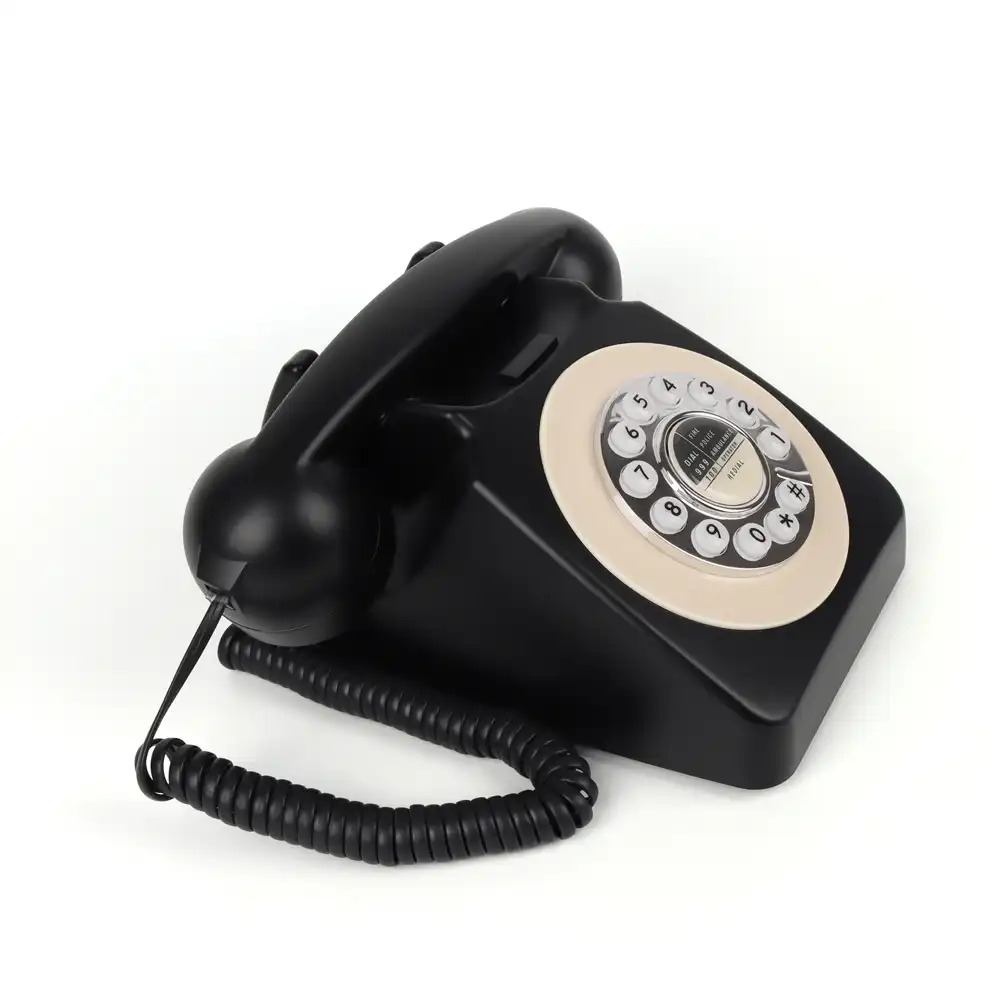
Speed and Efficiency in Dialing
Push-button, or "touch-tone," phones are much faster and more efficient than older models. People quickly liked these phones, which came out in the 1960s, because they were easy to use. Being able to quickly press buttons instead of turning a key makes calling quicker and easier, especially for longer numbers.
This benefit in speed is very clear when calling lines that are used often or in emergencies where every second counts. Push-button calling can save a lot of time for people or companies that make a lot of calls every day.
Compatibility with Modern Phone Systems
Push-button phones work with current phone systems and services, which is a great reason to choose one. A lot of today's phone features, like automatic customer service choices or message systems, need you to use your fingers to press the buttons. Rotary phones usually don't work with these systems because they use a pulse calling method.
Push-button phones can easily get through phone trees, enter PIN numbers, and use a lot of other automatic systems. This flexibility makes sure that users can get the most out of the latest phone technology and services.
Additional Features and Functionality
These days, push-button phones often come with a lot of different features that make them more useful. These could have speed dial buttons for numbers that are called often.
• Caller ID
• Speakerphone
• Call waiting, call forwarding
• Answering machine
•Cordless phones for easier movement
These extra features can significantly enhance the user experience and offer conveniences that a classic rotary telephone simply cannot. Push-button phones are the clear choice for people who care most about how well their phone works and having current features.
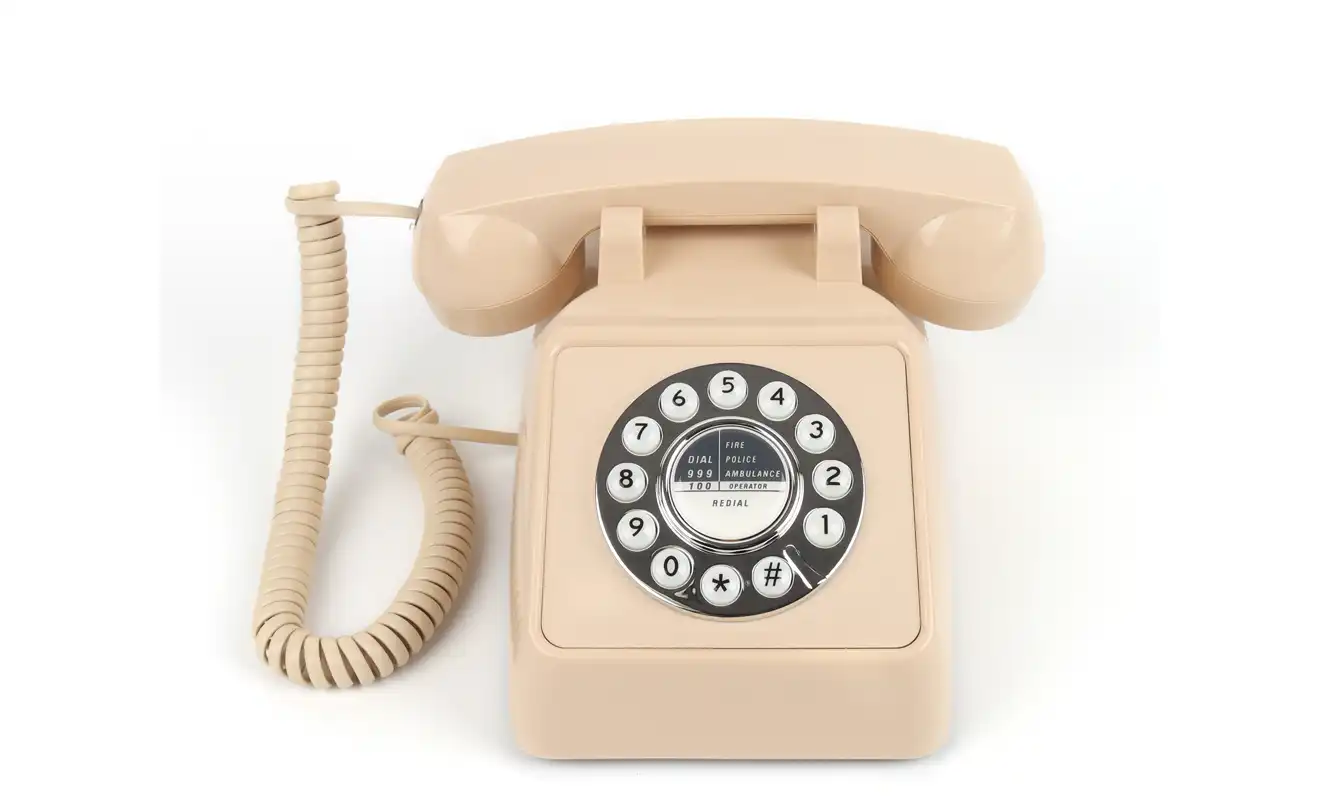 Making the Right Choice for Your Needs
Making the Right Choice for Your Needs
Assessing Your Primary Use Case
It's important to think about your main use case when choosing between a classic rotary telephone and a push-button phone. A push-button phone is probably the better, more useful choice if you want a working, daily phone. It is a good fit for home and office use because it is fast, efficient, and works with new technology.
A classic rotary telephone, on the other hand, might be the best option if you're more concerned with looks, memories, or setting a certain mood in your home. People who like using old technology to make calls with a unique calling system don't mind these phones' problems. They can be used to start conversations, as decorations, or as working phones.
Considering Space and Installation Requirements
You may also be swayed by the way that push-button and rotary phones look and feel. Classic rotary phones are usually smaller and lighter than the ones we use today. They usually need their own place on a desk or table, so they might not work for smaller living spaces or decor styles that don't use a lot of things.
Push-button phones, however, have different shapes and styles. There is probably a push-button phone that can fit right in with your space, from small desk models to wall-mounted units. Also, a lot of today's push-button phones don't have cords, so you can use them anywhere in your home or office.
Balancing Nostalgia with Practicality
The final decision between a classic rotary telephone and a push-button phone usually involves striking a balance between memories and usefulness. Rotary phones can be a great way to connect with the past and look nice as old decor, but they might not be able to do everything you need a phone to do in this day and age.
Having both kinds of phones at home or work could be a solution. While depending on a push-button phone for your main contact needs, you could show a classic rotary telephone as a decorative piece or use it for rare calls. This method lets you have the best of both worlds: an old gadget that works like a modern one.
Conclusion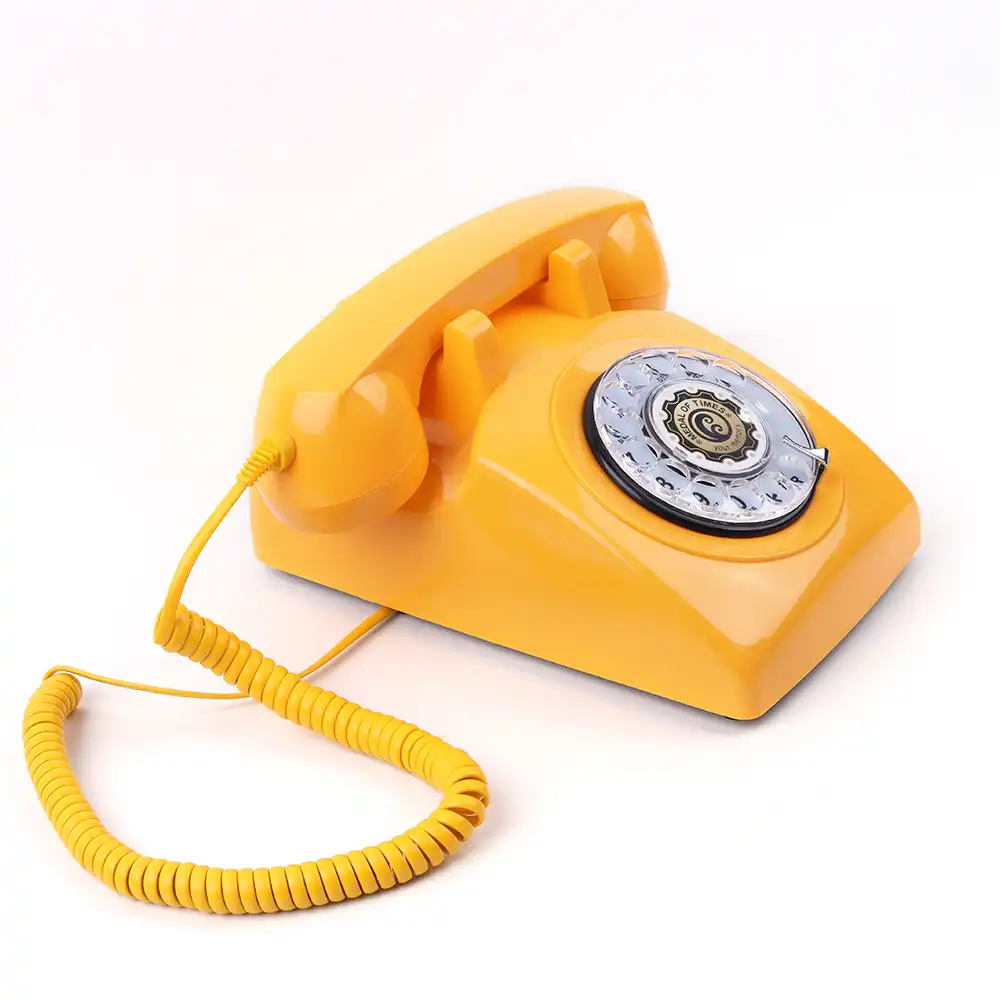
When you choose between a classic rotary telephone and a push-button phone, you need to think about a lot of things, such as how each one looks and works and what you like. Rotary phones make a certain kind of person feel nostalgic, are fun to touch, and look nice as decorations. Push-button phones, on the other hand, are quick, efficient, and compatible with current phone systems, so they are the best choice for everyday use.
If you carefully consider your needs, how much room you have, and how you want people to use it, you can make a smart choice that fits your lifestyle. In today's world of communication, both push-button and rotary-dial phones have their place, whether you prefer the classic look of the dial or the ease of buttons.
FAQ
With current phone lines, can classic rotary telephones still be used?
Many classic rotary telephones can still make calls on modern phone lines, but they might need an adapter to use digital services.
Can push-button phones be used to make things look better?
Yes, a lot of push-button phones, especially older ones from the 1980s and 1990s, can be used to make a room look nicer.
Do you have to do anything special to take care of rotary phones?
Rotary phones may need to be cleaned and have their dial system oiled from time to time in order to work properly.
Do any new phones try to make you feel like you're using a rotary phone?
Yes, there are modern phones made by some companies that have rotary-style buttons, which look old-fashioned but work in a modern way.
Experience the Best of Both Worlds with CHEETA
Both classic rotary telephones and more contemporary push-button phones have their fans at CHEETA. We offer a lot of different ways to communicate to fit a variety of needs because we are a top phone maker with more than 18 years of experience. Our factory makes high-quality analog and digital phones that meet global standards. The factory has cutting-edge technology and skilled workers who do great work. If you want a nostalgic rotary-style phone or a push-button phone with lots of features, CHEETA has the right phone for you. To look at our OEM/ODM choices and find the best phone for your needs, please email us at allen@cheeta.com.cn.
References
1.Smith, J. (2020). "The Evolution of Telephone Technology: From Rotary to Digital." Telecommunications History Journal, 45(2), 112-128.
2.Brown, A. (2019). "Nostalgia in Design: The Resurgence of Vintage Telephones." Interior Design Quarterly, 78(3), 55-67.
3.Johnson, M. & Lee, S. (2021). "Comparative Analysis of User Experience: Rotary vs. Push-Button Phones." Human-Computer Interaction Studies, 33(4), 401-415.
4.Thompson, R. (2018). "The Impact of Telephone Design on Home Decor Trends." Journal of Contemporary Design, 22(1), 89-103.
5.Garcia, L. et al. (2022). "Adapting Classic Telephone Technology for Modern Communication Networks." IEEE Communications Magazine, 60(9), 78-84.
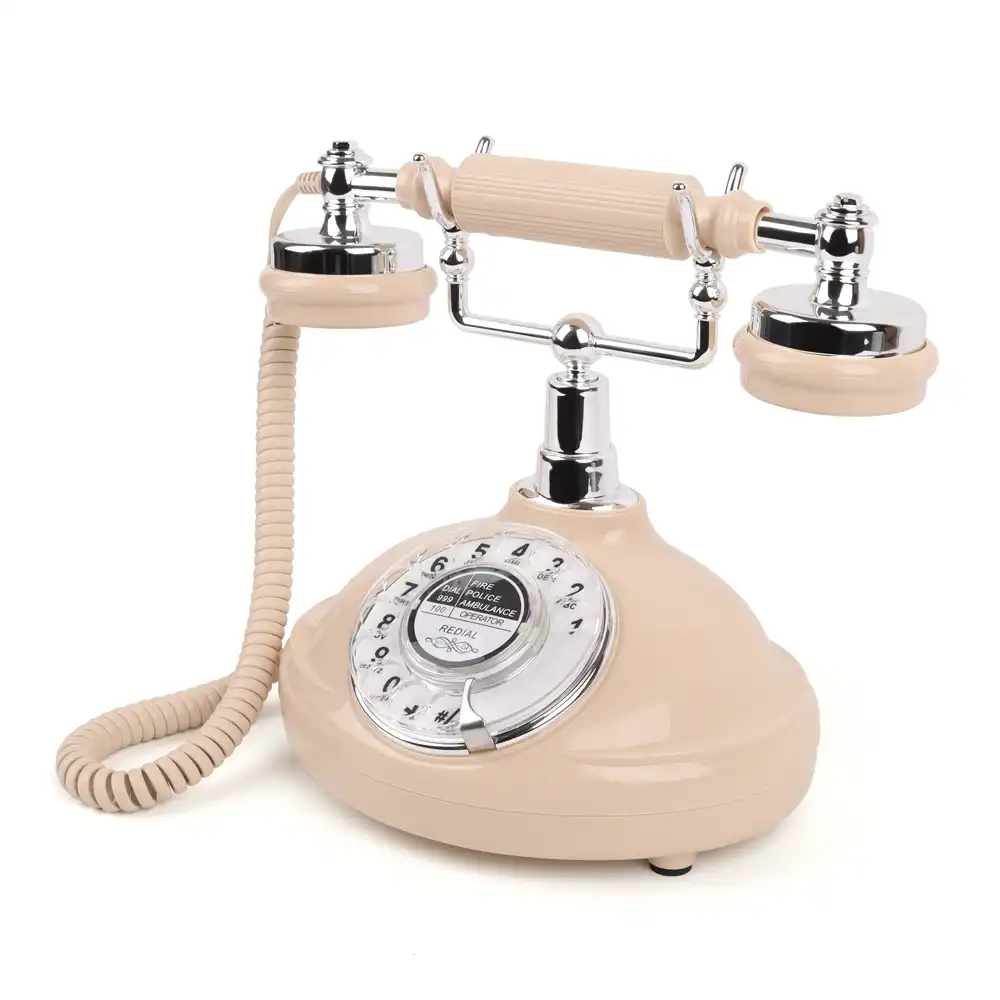 You will know whether you want a push-button phone or a
You will know whether you want a push-button phone or a 

